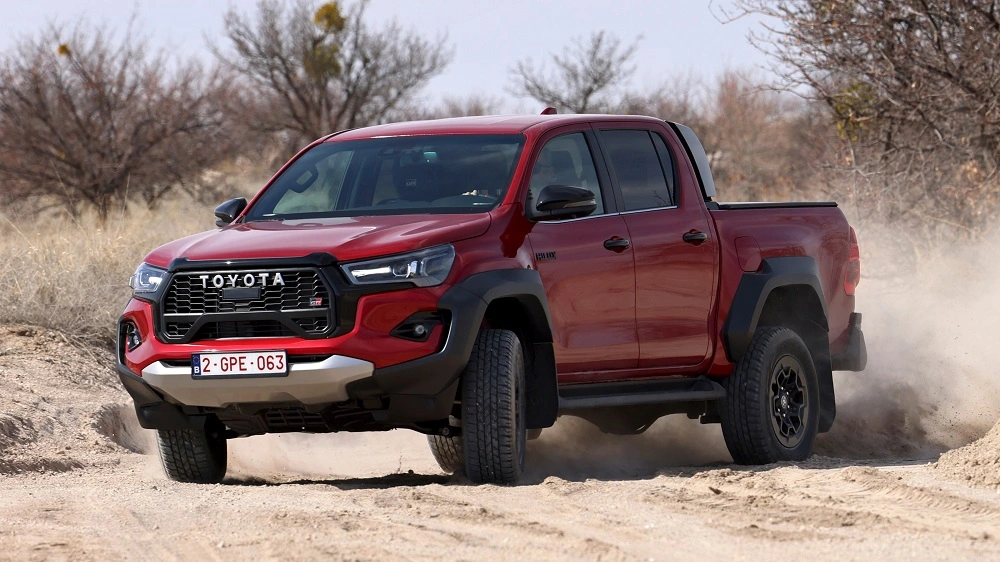
While Continuously Variable Transmissions (CVTs) offer several benefits, including improved fuel efficiency and smooth acceleration, they also come with some drawbacks. Here are the key disadvantages of CVT transmissions:
Lack of Driving Engagement
One of the main drawbacks of CVT transmissions is the lack of distinct gear shifts. Many drivers enjoy the sensation of gear changes in traditional automatic or manual transmissions, and the seamless nature of a CVT can feel less engaging or sporty. Additionally, some drivers experience what is often referred to as a “rubber band” feeling during acceleration. This occurs because the CVT adjusts the gear ratios continuously, which can sometimes feel delayed or less responsive compared to the immediate shifts in a traditional gearbox.
Noise and Vibration
Another issue with CVTs is noise and vibration. CVTs can sometimes be noisier than traditional automatics, especially under hard acceleration. The engine may rev higher and stay at a high RPM longer, creating a droning noise that some drivers find unpleasant. In some cases, CVTs can also introduce vibrations, particularly at low speeds or when the transmission is trying to find the optimal gear ratio.
Durability and Reliability
Durability and reliability can also be concerns. CVTs use a belt or chain to adjust the gear ratios, and these components can wear out faster than the gears in a traditional automatic transmission, especially under heavy loads or aggressive driving conditions. This wear can lead to higher maintenance costs over time. Additionally, because CVTs rely heavily on hydraulic pressure to adjust the pulley system, they can generate more heat than traditional automatics. This increased heat can affect the transmission fluid’s lifespan and the overall durability of the transmission components.
Performance Limitations
When it comes to performance, CVTs are generally not as well-suited for towing or carrying heavy loads compared to traditional automatic transmissions. The belt or chain mechanism may struggle under high torque demands, leading to reduced performance and potential wear. While CVTs are designed to provide smooth acceleration, they may not deliver the same level of immediate, high-performance acceleration that some drivers expect from traditional gear-based transmissions.
Cost and Complexity
Cost and complexity are additional considerations. Vehicles equipped with CVTs can sometimes be more expensive compared to those with traditional automatic transmissions due to the advanced technology involved. Repairing or replacing a CVT can also be costly, particularly if the belt or chain fails. Additionally, not all mechanics are as familiar with CVTs, which can lead to higher labor costs and potentially longer repair times.
Market Perception
Finally, there is the issue of market perception. Some consumers are hesitant to adopt CVT technology due to concerns about longevity, reliability, and the driving experience. This hesitancy can affect resale value and market acceptance.
Conclusion
While CVTs offer several advantages, including improved fuel efficiency and smooth operation, they also come with certain disadvantages that may not make them suitable for every driver. These include a less engaging driving feel, potential noise and vibration issues, durability concerns, performance limitations, and higher repair costs. Understanding these drawbacks can help you make an informed decision about whether a CVT is the right choice for your driving needs and preferences.



